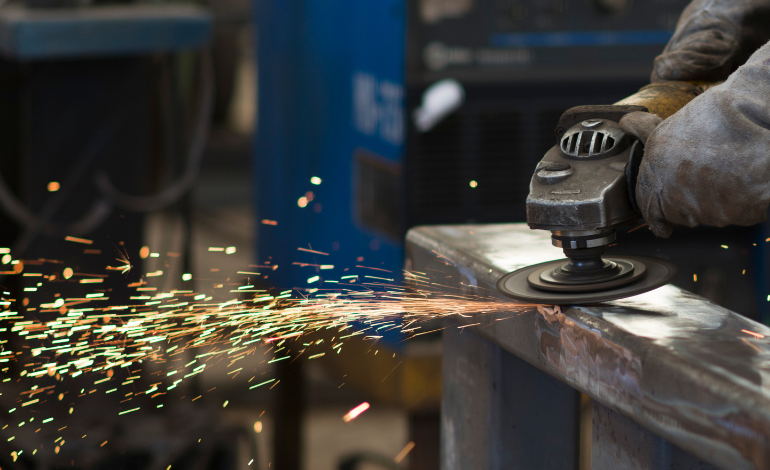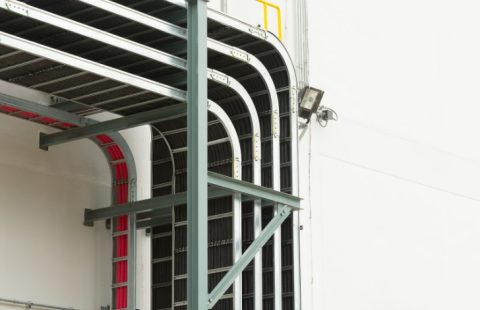Blog
- Home
- Steel Fabrication
- Exploring the Future of Steel Fabrication: Innovations and Trends

Exploring the Future of Steel Fabrication: Innovations and Trends
Steel fabrication, a process that has played a vital role in shaping modern infrastructure and industries, is undergoing a significant transformation in the face of rapid technological advancements. From construction to manufacturing and beyond, the use of steel continues to grow due to its strength, versatility, and sustainability. In this blog post, we delve into the exciting world of steel fabrication, exploring the innovations and trends that are set to revolutionize the industry in the coming years.
Smart Manufacturing and Automation:
The future of steel fabrication lies in the realm of smart manufacturing and automation. Advanced robotics and artificial intelligence are increasingly being integrated into fabrication processes, enhancing precision and efficiency. Automation not only speeds up production but also minimizes errors, reduces waste, and improves overall product quality.
3D Printing in Steel Fabrication:
Additive manufacturing, more commonly known as 3D printing, has already begun making its mark in the steel fabrication industry. This cutting-edge technology allows for the creation of intricate steel components with greater design freedom and reduced material consumption. As the technology matures, 3D printing in steel fabrication is expected to become more accessible and widespread.
Sustainable and Eco-Friendly Solutions:
In an era of heightened environmental awareness, sustainable practices in steel fabrication are gaining traction. Manufacturers are adopting greener approaches, such as recycling scrap steel and optimizing energy consumption. Additionally, the use of eco-friendly coatings and treatments to enhance corrosion resistance and longevity is becoming a key focus.
Digitalization and Data-Driven Insights:
The digitization of steel fabrication processes is revolutionizing the way projects are planned, executed, and managed. Digital twin technology, where a virtual representation of a physical structure is created, enables engineers to simulate and optimize fabrication processes before actual implementation. Furthermore, data-driven insights and analytics are improving decision-making, resource allocation, and cost estimations.
Nanotechnology and Steel Performance:
Nanotechnology is poised to impact the properties and performance of steel significantly. By manipulating steel at the nanoscale, researchers are developing materials with enhanced strength, corrosion resistance, and other desirable characteristics. These advancements will expand the range of applications for steel, making it even more versatile across various industries.
Advanced Coatings and Surface Treatments:
The quest for greater durability and protection against corrosion is driving the development of advanced coatings and surface treatments for steel. Nanocoatings, ceramic coatings, and self-healing coatings are just a few examples of innovations that promise to extend the lifespan of steel components, especially in harsh environments.
Modular Construction and Prefabrication:
As the demand for rapid construction and infrastructure development rises, modular construction and prefabrication are gaining prominence. Steel fabrication plays a pivotal role in these methods, as prefabricated steel components can be easily assembled on-site, reducing construction time and costs while maintaining quality.
Conclusion:
The future of steel fabrication is undeniably exciting, as groundbreaking innovations and trends shape the industry’s landscape. From smart manufacturing and automation to the application of nanotechnology, the potential for advancements in steel fabrication seems limitless. Embracing these emerging technologies and sustainable practices will not only elevate the efficiency and quality of steel fabrication but also pave the way for more resilient, eco-friendly, and resource-efficient infrastructure across the globe. As we move forward, collaboration between industry experts, researchers, and technology pioneers will be pivotal in unlocking the full potential of steel fabrication in the 21st century.

